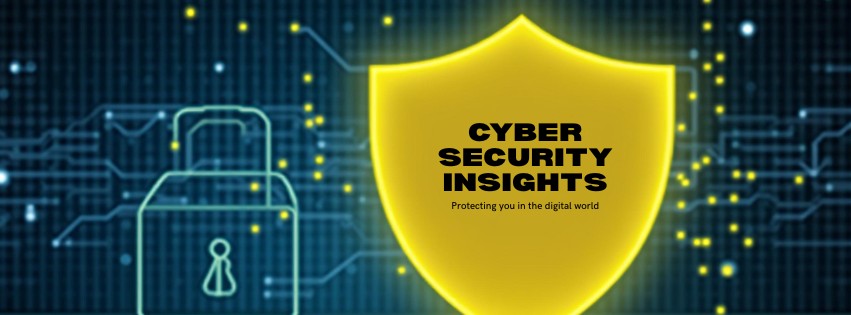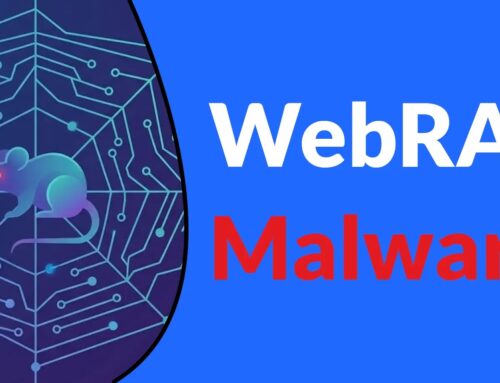
BaitTrap: Over 17,000 Fake News Websites Caught Fueling Investment Fraud Globally
# The Rise of Fake News: Exploring BaitTrap and the Unraveling of More Than 17,000 Deceptive Websites
In today’s digital landscape, information can be both a powerful tool and a dangerous weapon. With the rapid advancement of technology, the internet has become a breeding ground for misinformation, leading to confusion and distrust among users. In this blog post, we will explore the alarming rise of fake news, particularly through a recent phenomenon known as BaitTrap, which has unveiled over 17,000 fraudulent websites.
## Outline
– **Introduction**
– **Understanding Fake News**
– Definition and Examples
– Impact on Society
– **What is BaitTrap?**
– Overview of the Technique
– How It Works
– **The Extent of the Problem**
– Breakdown of the 17,000 Websites
– Categories of Fake News Sites
– **Effects of Fake News**
– Psychological Impact on Readers
– Societal Consequences
– **Preventing Misinformation**
– Tips for Identifying Fake News
– Reliable Sources for Verification
– **Conclusion**
– Summary of Key Points
– The Importance of Media Literacy
## Introduction
As we navigate the digital world, the line between fact and fiction often blurs, creating significant challenges for information seekers. The emergence of fake news has spurred widespread concern, particularly with the advent of a concentrated effort termed BaitTrap. This initiative has recently exposed over 17,000 fake news websites, highlighting the urgent need for media literacy and vigilance.
## Understanding Fake News
### Definition and Examples
Fake news refers to misleading or fabricated information presented as factual news. It encompasses a range of deceptive content, from entirely false reports to exaggerated headlines designed to grab attention.
### Impact on Society
The prevalence of fake news undermines public trust in credible news outlets and contributes to polarization among communities. As misinformation spreads, it can lead to societal discord and affect public opinion on critical issues.
## What is BaitTrap?
### Overview of the Technique
BaitTrap is a term that describes a strategic effort to identify and expose fraudulent websites that disseminate misleading information. By employing a series of digital tools and algorithms, researchers and cybersecurity experts can catalog and analyze these sites.
### How It Works
BaitTrap utilizes advanced technology to uncover networks of fake news websites, aggregating them into a manageable database for further analysis. This proactive approach allows stakeholders to understand the scale and tactics used by misinformation peddlers.
## The Extent of the Problem
### Breakdown of the 17,000 Websites
The recent findings reveal that over 17,000 websites engage in fake news dissemination. These sites vary in complexity and sophistication, some imitating legitimate news outlets to lend an air of credibility.
### Categories of Fake News Sites
The websites fall into several categories, including:
– **Political Misinformation**: Content designed to skew public opinion on political matters.
– **Health Misinformation**: False claims regarding diseases and medical treatments, particularly rampant during health crises.
– **Conspiracy Theories**: Websites that propagate unfounded theories, increasing distrust in established institutions.
## Effects of Fake News
### Psychological Impact on Readers
Fake news can lead to confusion, anxiety, and a distorted understanding of reality. With constant exposure, readers may become desensitized to alarming headlines or, conversely, develop an exaggerated sense of fear about certain issues.
### Societal Consequences
The ramifications extend beyond individual readers, influencing societal norms and behaviors. Misinformation can fuel divisions and impact democratic processes, showcasing the far-reaching consequences of fake news.
## Preventing Misinformation
### Tips for Identifying Fake News
1. **Check the Source**: Verify the credibility of the website before sharing information.
2. **Examine the Author**: Look for qualifications and previous work of the article’s author.
3. **Seek Multiple Perspectives**: Consider various news sources to get a balanced view of the story.
### Reliable Sources for Verification
Utilize fact-checking websites such as Snopes, FactCheck.org, or PolitiFact to verify claims before accepting them as truth.
## Conclusion
### Summary of Key Points
The emergence of BaitTrap has shed light on the extensive network of fake news websites, presenting a clarion call for vigilance among consumers of news. By understanding fake news’s definitions, impacts, and prevention strategies, we can work together to combat misinformation in our digital age.
### The Importance of Media Literacy
In a world where information is at our fingertips, enhancing media literacy is essential. Knowing how to discern fact from fiction will empower individuals to make informed decisions and contribute to a healthier media ecosystem.
—
**Key Takeaway**: As fake news proliferates and impacts our understanding of important issues, embracing media literacy and critical thinking will be crucial in navigating the complexities of today’s information landscape. Let’s stay informed, vigilant, and dedicated to upholding the truth amidst a sea of misinformation.





